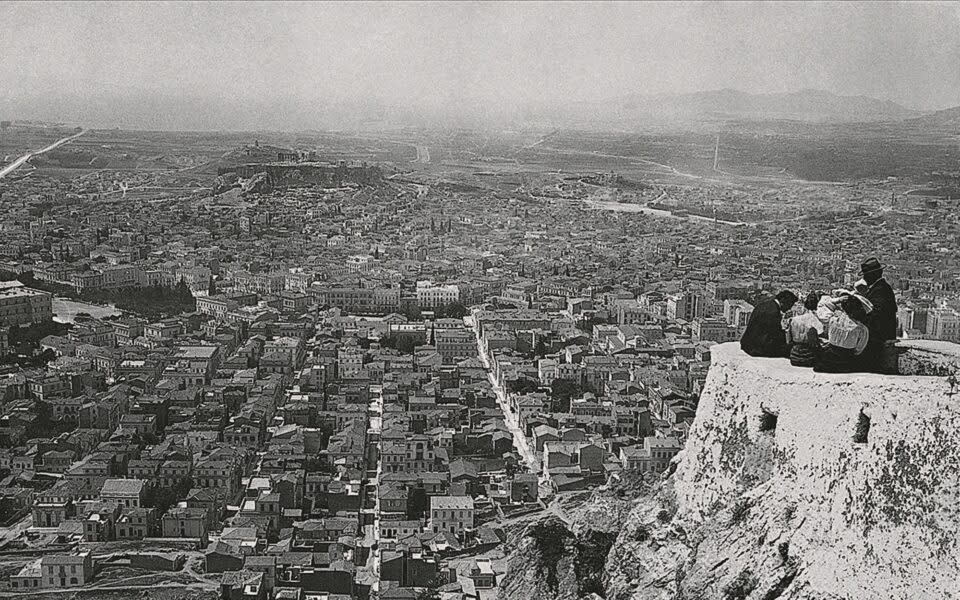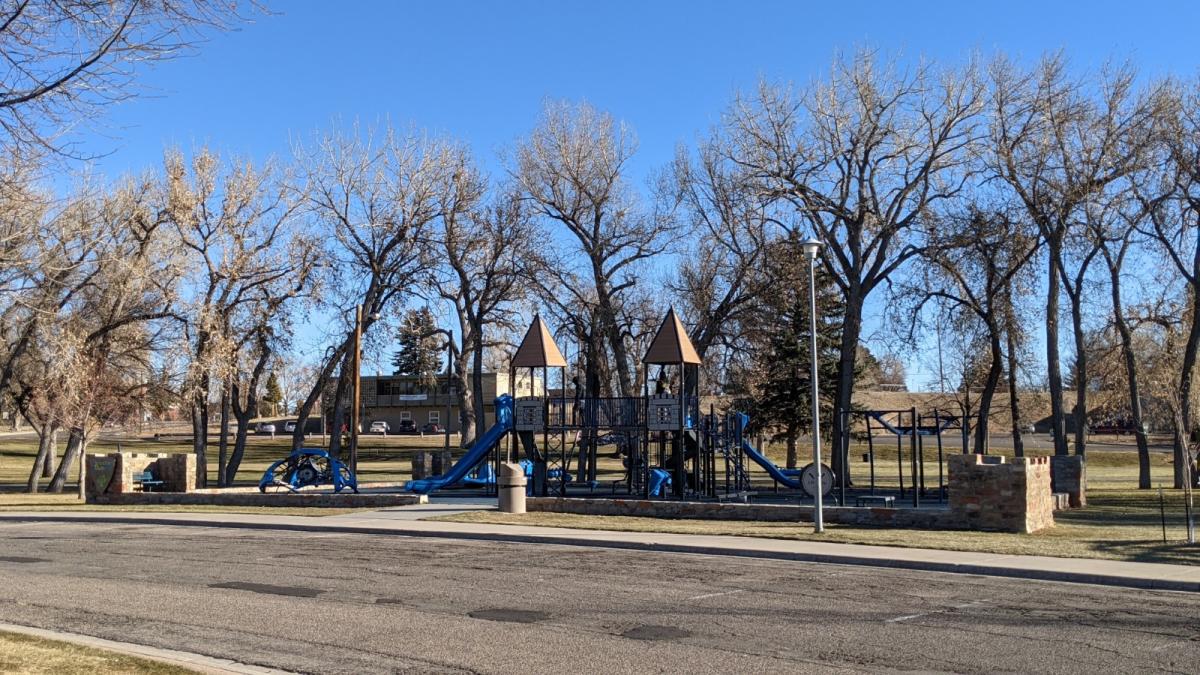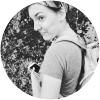<<Read Time: 4 Minutes>>
In the 1870s and 1880s, as part of the history of Cheyenne, Wyoming was no stranger to lavish homes and large, state of the art buildings. For a time it was one of the wealthiest cities, per capita, in the world thanks to a combination of the railroad that ran through Cheyenne and the cattle boom of the 1880s. In this story we take a look at one of the most unique homes Cheyenne was ever beholden to: Castle Dare.
A.H. Swan & Cheyenne’s Forgotten Castle
At the corner of 19th and Carey Avenue (formerly called Furgeson Avenue), on the stretch of road known as “Millionaire’s Row,” a true, European-influenced castle sat. This is a significant chapter in the history of Cheyenne, WY. A local aristocrat and rancher, Alexander H. Swan, began construction on the castle as a wedding gift for his daughter. Misfortune, in the likeness of Wyoming’s unpredictable winters, would wipe out Swan’s fortune and, in turn, his effort to build the castle.
Who is A.H. Swan?

Alexander Hamilton Swan was originally from Pennsylvania, but moved to Wyoming in the 1870’s to seek more opportunities in the booming cattle business. By the 1880’s his cattle company was estimated to have 100,000 head of cattle, his ranch encompassing millions of acres with a base in Chugwater, Wyoming. Inspired by his success, he dreamt of building a castle in Wyoming. A notorious speculator, Swan’s empire toppled when a seeming combination of massive losses of his cattle in the winter 1886-87, and speculations he had borrowed money to invest in went bust. The result was a sudden loss of his vast fortune. Swan would leave Wyoming in 1888 and settle in Ogden, Utah before his death in 1905.
Who was David D. Dare?

Enter David D. Dare. A smooth-talking jack of all trades, the known adventurer claimed postal clerk, druggist, and hardware dealer as past occupations. In the mid-1880s, Cheyenne utilized Dare’s services as photographer and sign maker.
The Birth of Cheyenne’s Castle Dare
For a “mere” $30,000, which is equivalent to present day $986,100.00 today in 2023, he swooped in and purchased Mr. Swan’s misfortune and finished the building in the most lavish style Cheyenne had seen yet, featuring gold doorknobs, hand-painted focal points in the various rooms, intricately carved railings and mahogany ceilings – even marble wash basins in not one, but three separate bathrooms!
Two parlors, a music room, and a library were just a sampling of the Dare family residence, in addition to Mr. Dare’s professional studio in the building. Even the carriage house (added later) mimicked a medieval stone castle, offsetting the curved turrets and arched windows and doorways of the home.
Mr. Dare Enters the Banking Industry
As fantastic as the house was, however, the real intrigue lay with its owner. Mr. Dare moved away from his sign making and leaned into the banking industry, partnering with another Cheyenne resident, bank clerk John W. Collins.
Mr. Collins was instrumental in getting Dare the funds to complete the build of Castle Dare and the two partnered on several projects around the city. Eventually, when Collins’ relationship with the president of the bank at which he worked soured, Collins and Dare set out to not only create another bank but a better bank.
The establishment of Cheyenne National Bank eventually caused the demise of Collins’ original employer, and the men’s credibility rose.
The Rise of California National Bank: Ambition, Success, and Tragedy

After two years, Dare and Collins set their eyes on a larger prize. The two moved their families to San Diego and opened California National Bank, which became a major institution, even amidst the shriveling economy of California after the boom of the 1880s.
The two businessmen got San Diego’s first railcar established and invested in several businesses, including Fisher Opera House. Trading his castle for the opulent “Villa Montezeuma,” Dare also built an upscaled version of his Cheyenne castle in California. His outgoing personality propelled his attention-grabbing lifestyle, and the two men became household names of their day.
In the fall of 1890, however, Collins faced tragedy when his wife and both children were killed in a boating accident, leaving him to navigate widowerhood in the midst of being the public face of California National Bank.
The San Diego Bank Scandal

Fast-forward a year – Dare, claiming poor health, boarded a ship bound for Italy with his wife November 11, 1891, seeking a “better climate” to soothe his disposition. His exit from the country timed precisely with the bank’s inability to pay several large sum withdrawals.
Word - and panic - began to spread around San Diego. The very next day, California National Bank “temporarily” closed due to “continued shrinkages in deposits.” Raising more suspicion, Cheyenne National Bank (still overseen by the businessmen) closed its doors November 13.
The Cheyenne bank’s clerk committed suicide shortly thereafter, confirming guilt in the minds of many. Hundreds of people faced immediate financial ruin as a result. In the end, Collins committed suicide before he could face trial.
The Great Escape: David D. Dare On the Run

In the following months of legal investigation, it became clear that David D. Dare had embezzled and made off with up to $200,000.
Dare allegedly attempted to push his wife, Florence Adele, overboard the ship bound for Europe. She managed to escape and hide, returning to the United States and filed for divorce.
Dare remained abroad for the rest of his life, spotted building a railroad between Jericho and Jerusalem in 1893, operating a streetcar company in Alexandria, Egypt, in 1900, and despite rumors of his death in an Armenian street brawl, likely died in Athens in 1909.
What Happened to Castle Dare?

As for the legendary Castle Dare, it served as a boarding house, a funeral parlor, and an Odd Fellows Lodge until 1963, when the space was deemed better suited for a parking lot. The carriage house stood until 1993, when an attempt to relocate it failed, and the stones were salvaged to build the wall that now stands around the playground at Holliday Park.
The name is derived from not only the playground equipment (a child’s imagination infusing turrets and walkways of a fortress perfect for adventure) but from the low stone wall encompassing the play area. Built up with tower-like corners, many-a-kid has balance beamed along the wall and bravely jumped the few feet down to the grass below. But what very few people realize is that these very stones did, in fact, belong to a castle - a castle right here in Cheyenne
Discover Cheyenne's Rich History Firsthand
For other insights into the early residents of Cheyenne and to explore more historical sites, check out the Historic Downtown Walking Tour!

